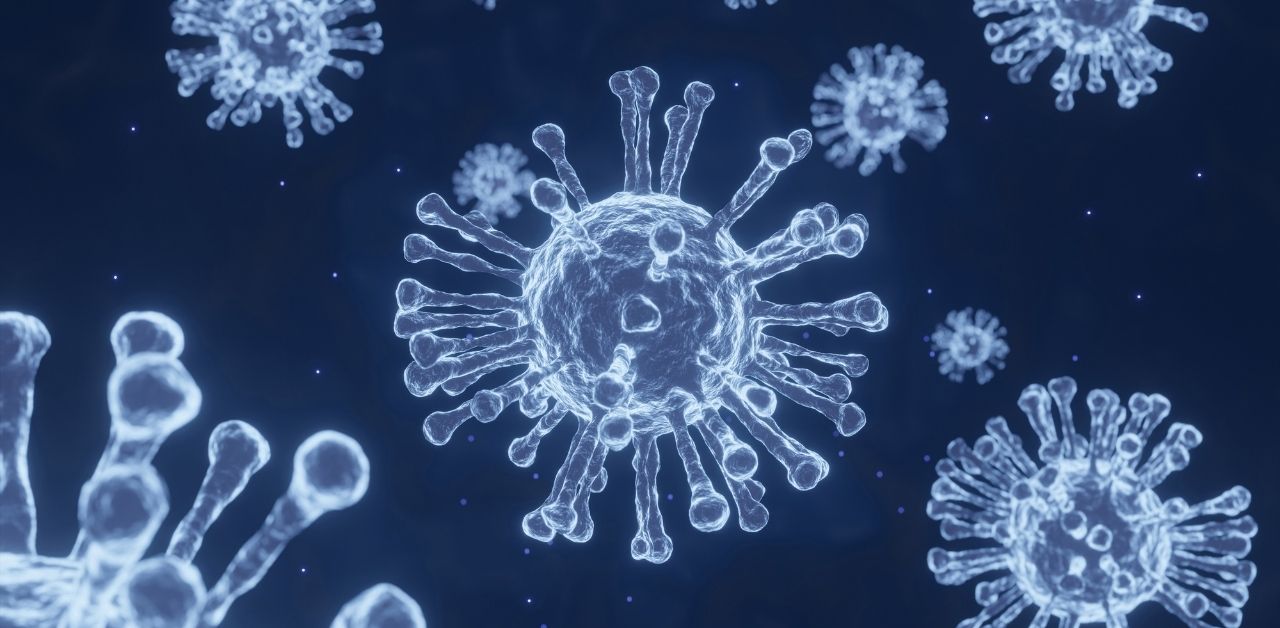As of September 2021, 200 million people worldwide had been infected with COVID-19, with deaths exceeding 4.5 million. In Japan, 1.6 million people have been infected thus far, and 16,000 have died. In Japan, as in other countries, physical distancing and stay-at-home advisories introduced to deter spread of infection have led to social isolation and confusion in workplaces and educational settings. The increasing number of suicides has been a concern since the outbreak began. To prevent suicide during the COVID-19 pandemic, it is essential to take sufficient mental health measures in addition to implementing social and economic policies.
A reported by the Ministry of Health, Labor and Welfare (MHLW) and National Police Agency in Japan showed that the total suicide rate among the Japanese general population increased in 2020 for the first time in the past 11 years.1) A study, using data from MHLW of Japan, described trends in suicide mortality rates in Japan after the initial period of infection spread.2) The study showed a 14% monthly decrease in the early stages of the spread (February–June 2020), with a larger decrease among adults in March–April. In contrast, during the outbreak’s so-called second wave, in July–October, the monthly rate increased by 16%, with particularly large increases among females (37%) and among children and adolescents (49%). Another study using MHLW data showed the increasing number of suicides in 2020 compared with the previous year, among females, young people in their teens and twenties, and specific occupations or demographics such as medical health workers, entertainers, professional athletes, salespersons, restaurant staff, food and clothing manufacturers, security workers, transportation workers, students, and housewives.3) According to a survey of 433,032 undergraduate students in 82 Japanese national universities in Japan, the suicide rates (per 100,000 students) from April 2020 to March 2021 were 17.6 in total, 21.2 for males, and 11.3 for females. Compared with the suicide rates over the last 8 years, the suicide rates in total and for males were the highest in the last 6 years, and that for females was the highest in the last 8 years.4) Additionally, an online survey of 6,683 adults conducted during the early stages of the COVID-19 pandemic found that suicidal ideation tended to be exacerbated in those who were younger, had unstable employment, no children, low income, and were receiving psychiatric treatment.5) Further reports are needed for examining long-term trends in suicide mortality amid the COVID-19 pandemic. In addition to examining subgroups such as age, region, gender, and socioeconomic status, examination is also needed on the relationship between waves of infection spread and national policies.
The Japanese Association for Suicide Prevention (JASP) has translated three briefing statements released by IASP in March 2020: "The Coronavirus Disease (COVID-19) Outbreak", “Reporting on Suicide During The COVID-19 Pandemic”, and “Helping Workplaces & Professional Associations Through The COVID-19 Crisis” into Japanese and posted them on the IASP and JASP websites.6) JASP also held the 45th JASP Convention online on September 4–5, 2021. The theme of this year's Convention was "Community Crisis and Suicide Prevention: 10 Years after the Great East Japan Earthquake Tsunami and 1 Year after the Corona Disaster”. Approximately 400 people from all over Japan took part the Convention. These attendees included practitioners and researchers in various disciplines who work daily to prevent suicide. Through this Convention, I could deeply feel the need for all of us to work together to move forward in suicide prevention and recovery from disasters.
The new theme for World Suicide Prevention Day 2021-2023 is “Creating Hope Through Action”. Even during the COVID-19 pandemic, we need to continue to strive to create hope for those around us, including ourselves, and to strengthen our connections with others, as well as to maintain our own health and safety.
Author: Yoshitaka Kawashima., Ph.D.
IASP National Representative for Japan
Administration officer of Japanese Association for Suicide Prevention
Meiji University
References:
1) Suicide Countermeasures Promotion Office, the Ministry of Health, Labor and Welfare and Life Safety Bureau Life Safety Planning Division, National Police Agency Suicide situation in 2020 (in Japanese).
2) Tanaka T & Okamoto S. Increase in suicide following an initial decline during the COVID-19 pandemic in Japan. Nature Human Behaviour, 2021; 5(2): 229-238.
3) Tachikawa H. Suicide trends of Japan and the world in the COVID-19 era. Clinical Psychiatry, 2021; 63(7): 1025-1032 (in Japanese).
4) Fuse-Nagase Y, et al. Increase in suicide rates among undergraduate students in Japanese national universities during the COVID-19 pandemic. Psychiatry Clin Neurosci, 2021; Online ahead of print.
5) Sueki H & Ueda M. Short-term effect of the COVID-19 pandemic on suicidal ideation: a prospective cohort study. Crisis, 2021; Online ahead of print.
6) IASP website. Briefing Statements [URL: https://www.iasp.info/briefing-statements/]




